Introducing Riverborne Art
Posted July 9, 2017
The Artist/Naturalist has held a place in Art History since the age of cave drawings. Think Ansel Adams, Beatrix Potter, John James Audubon and the like. And then there is contemporary self-taught Louisville, Kentucky artist MACK DRYDEN, for whom art and nature are a dual passion.
Mack’s love of nature began with his “Huck Fin childhood” on the Mississippi Gulf Coast. He was always handy with tools and, growing up, was forever building what he describes as “practical stuff”– benches, shelving, tabled and chairs.
But when he discovered a trove of Ohio River driftwood just minutes from his back door, Mack’s inner artist emerged.

Today, the self-taught artist is busy transforming all manner of found driftwood into abstract sculptural works of art. A wish-bone shaped piece of wood, once part of a tree root system, reminded the artist of a fiddle and inspired a composition he calls Shindig.
Another composition took shape when the artist “ripped” an ordinary hunk of driftwood into pieces, revealing a chocolate brown interior. “Probably black walnut,” Mack says. The finished work: Black Walnut Chorale.
Mack has always had a special reverence for wood and readily admits that nature does some of his work for hem. But he’s also gifted with a keen sense of shape, color, patina and possibility. And it’s the possibilities that light him up.
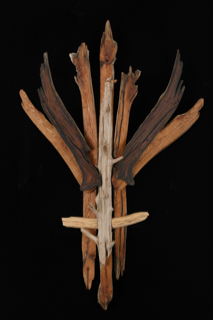
“Working with driftwood is a mystery,” Mack says. “Where did a limb or a branch or a log
begin its journey? Where did it travel and for how many years? The artist can’t say for sure, but with every piece of wood he collects, every news creation, comes another lifetime.
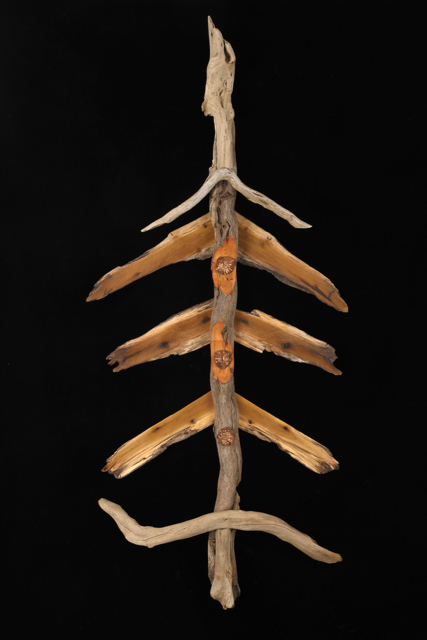
Check out Mack’s gallery.


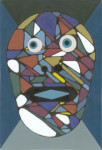
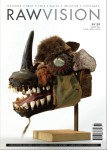
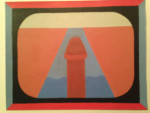
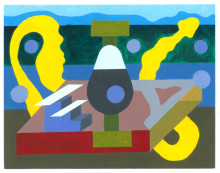
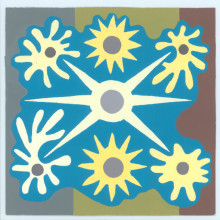
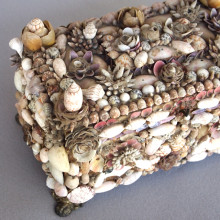

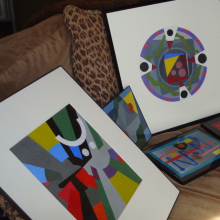

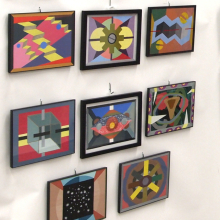
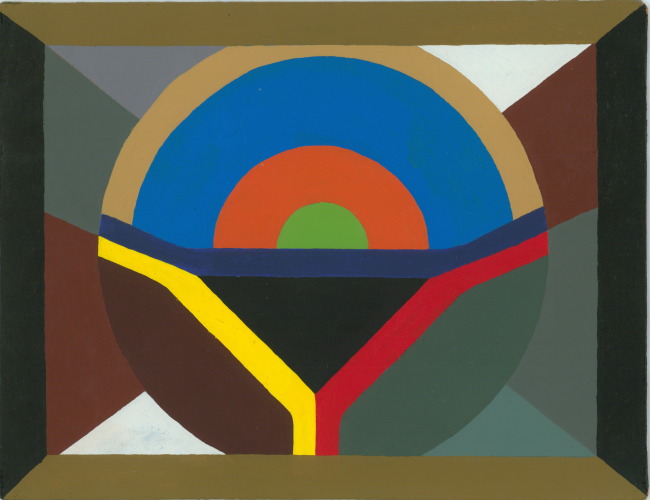

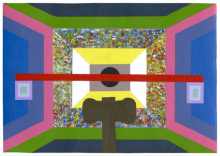

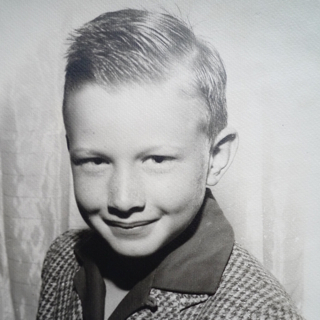
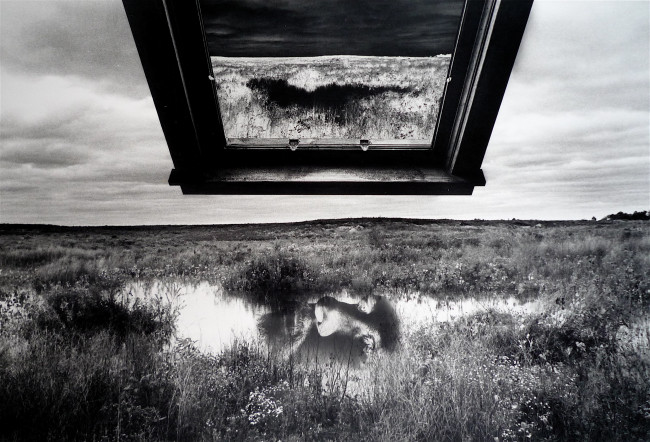
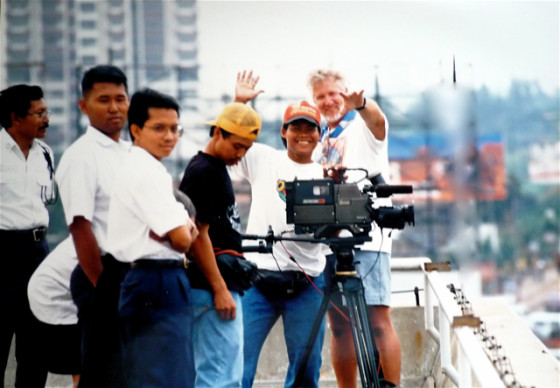
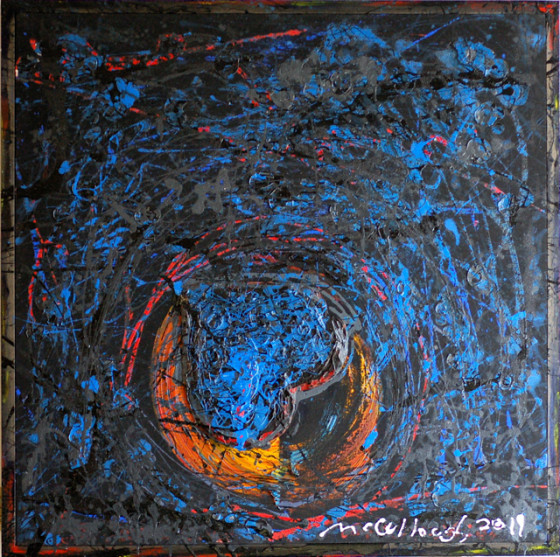

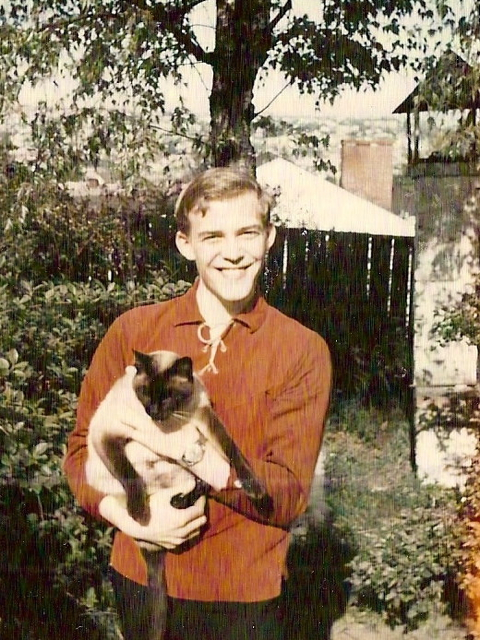
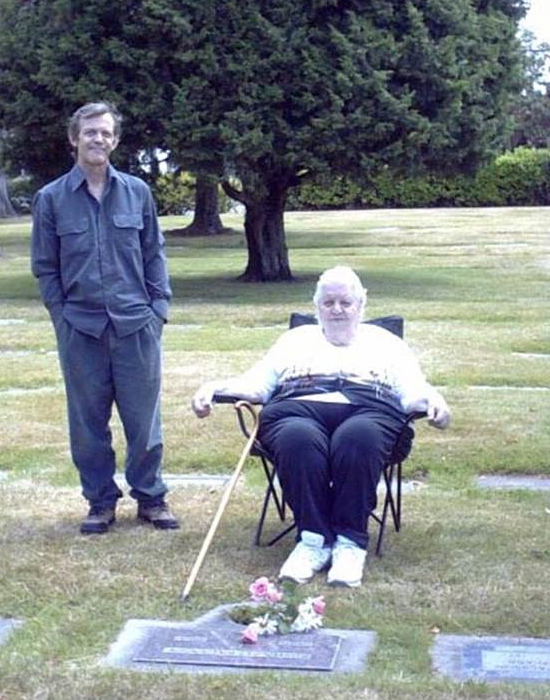



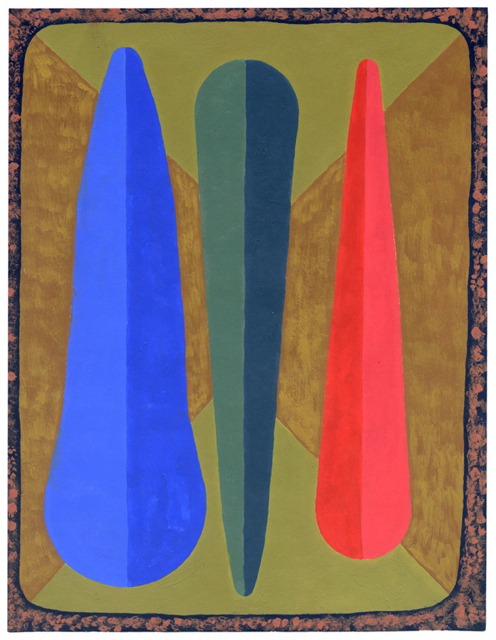
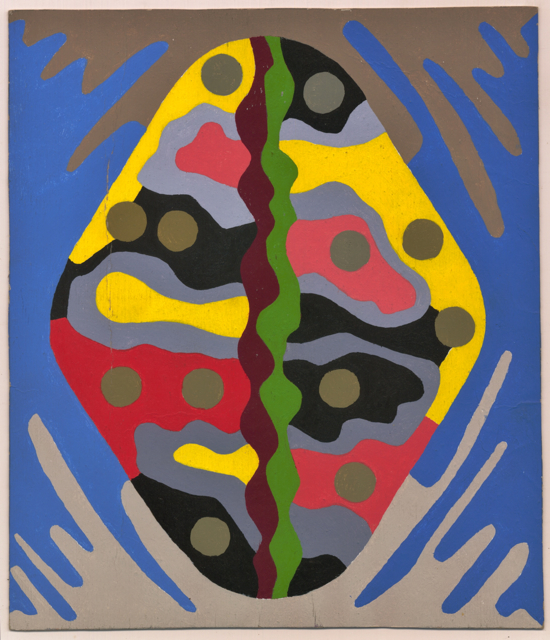
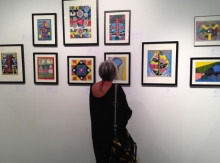
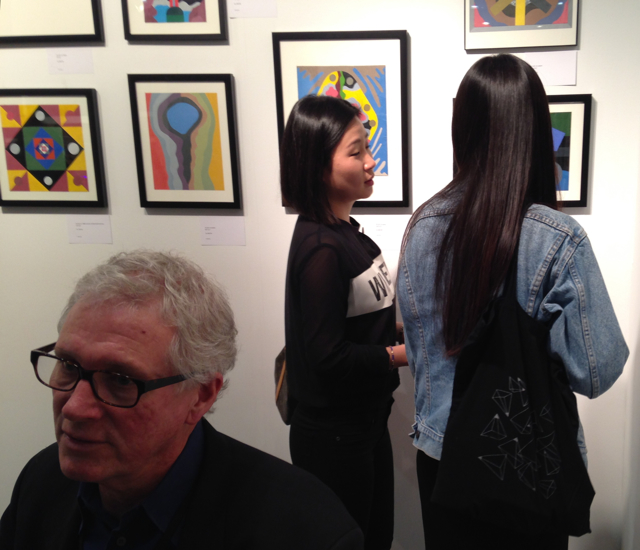
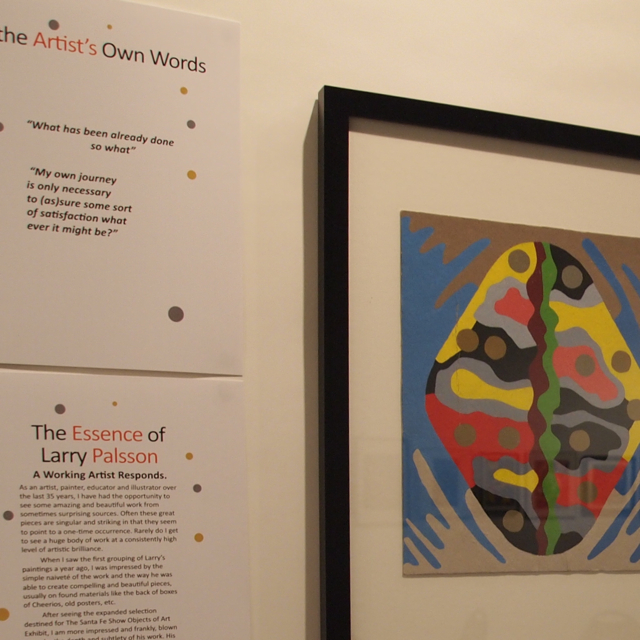
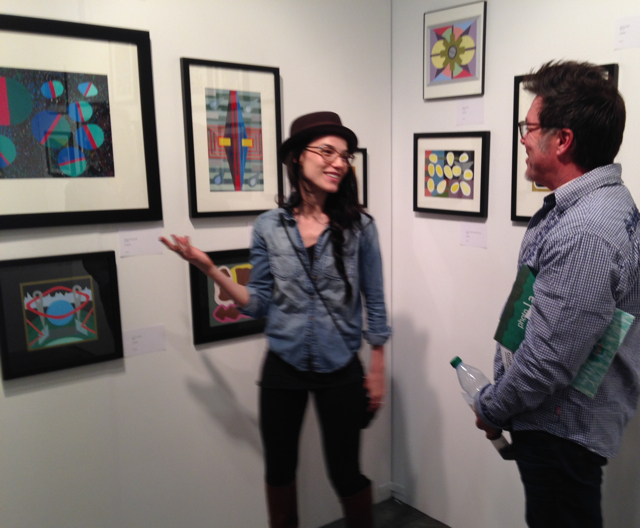

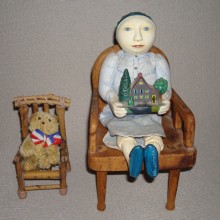

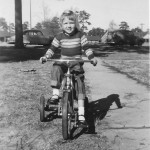

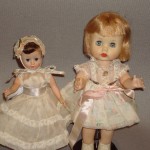

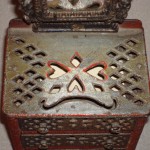
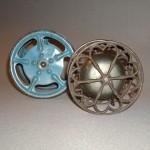

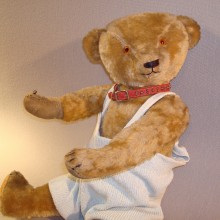
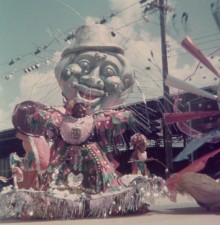
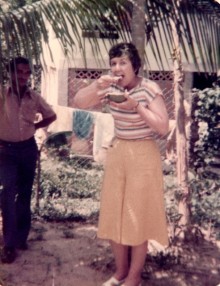
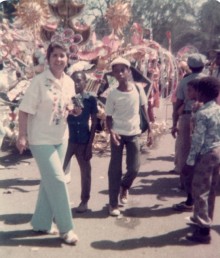
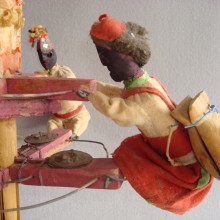

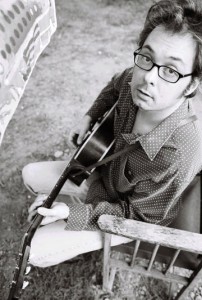
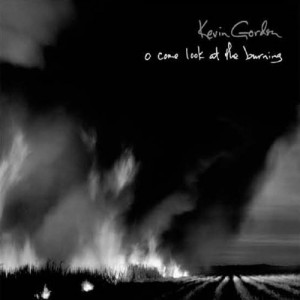 Santa Cruz Area
Santa Cruz Area